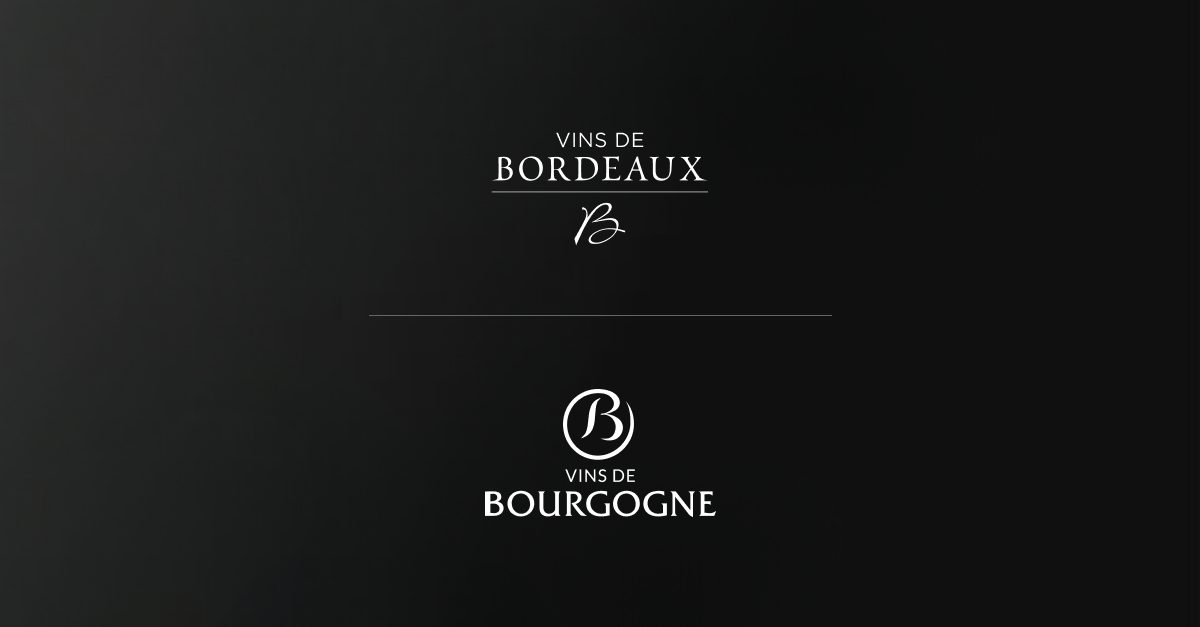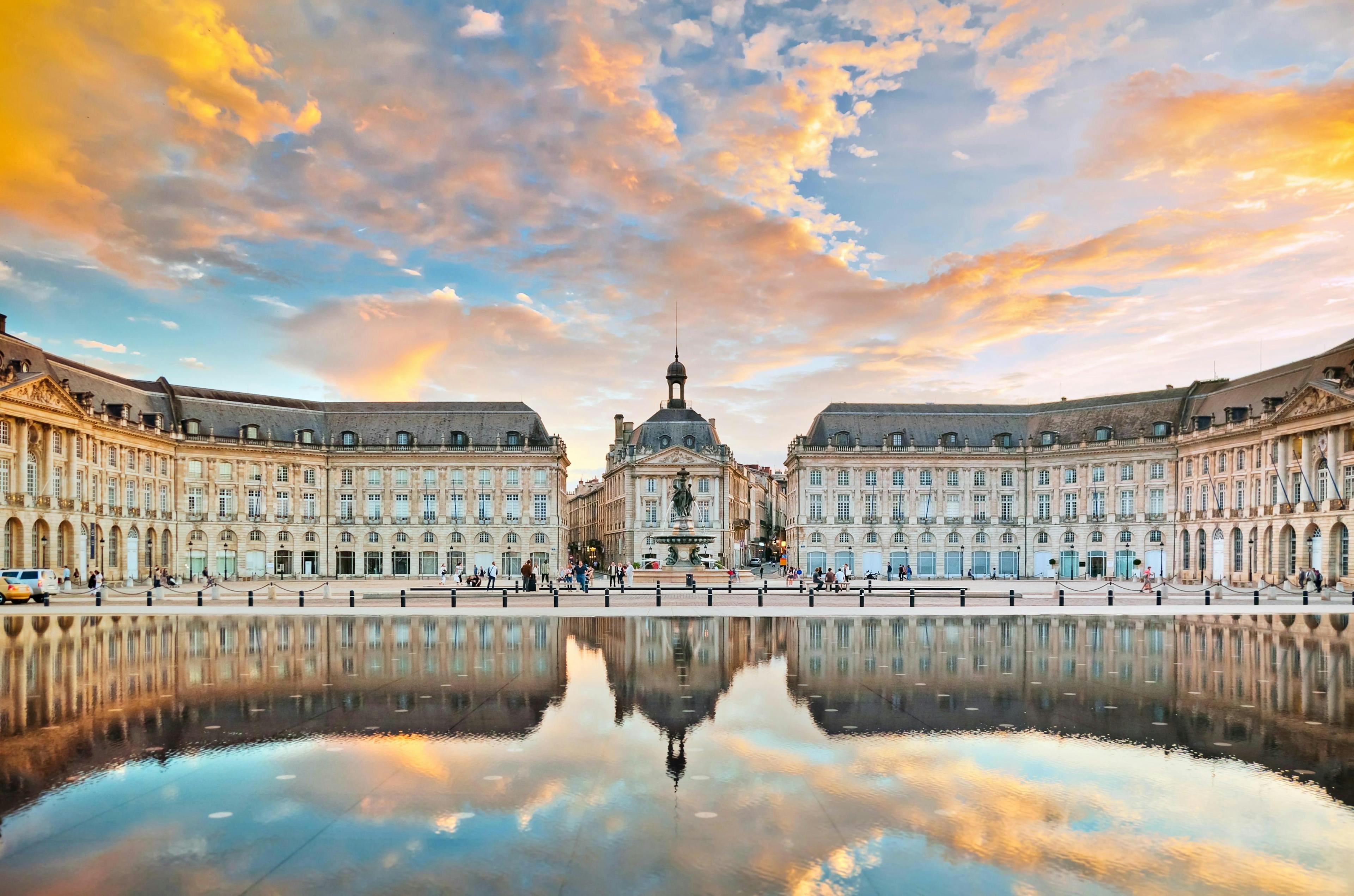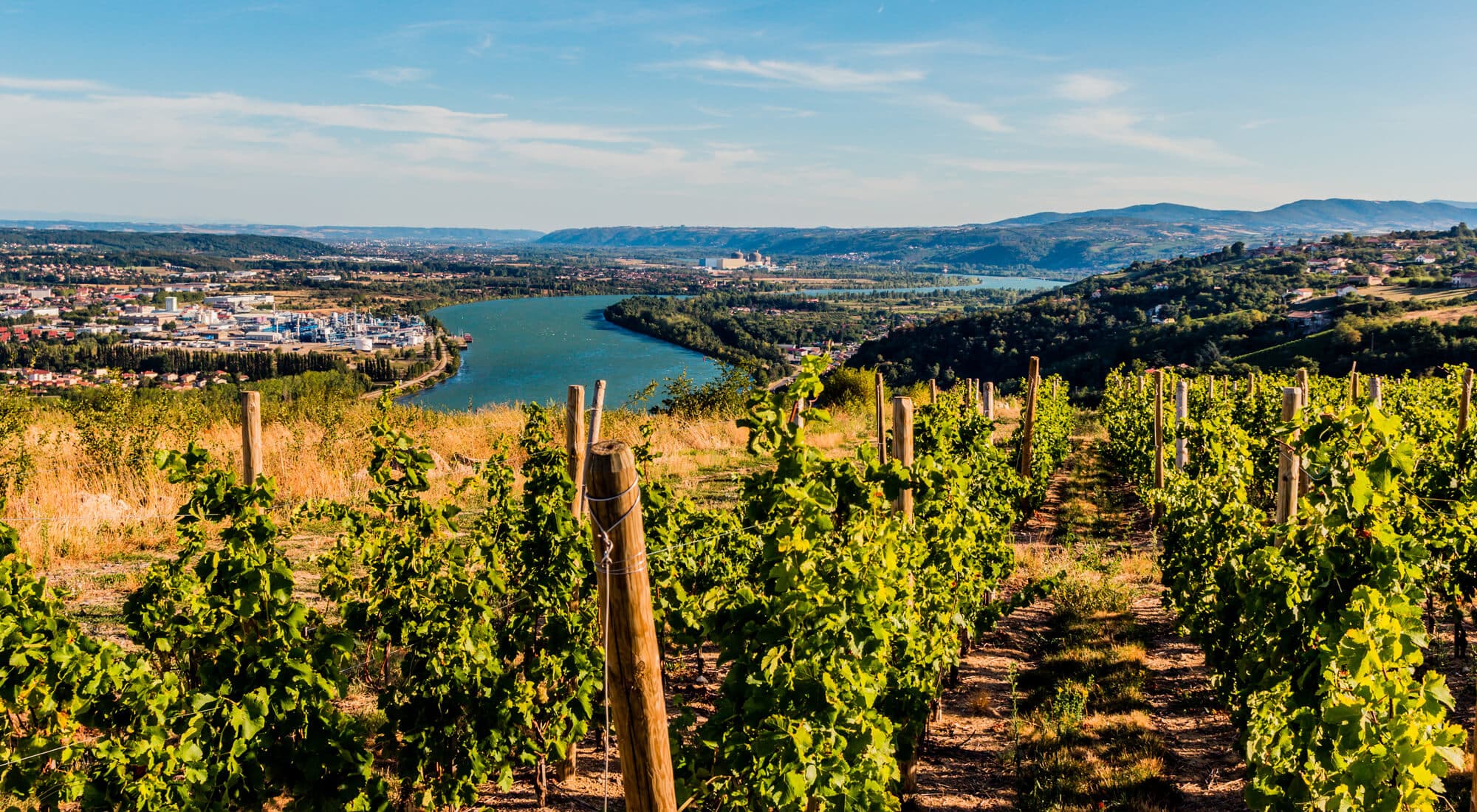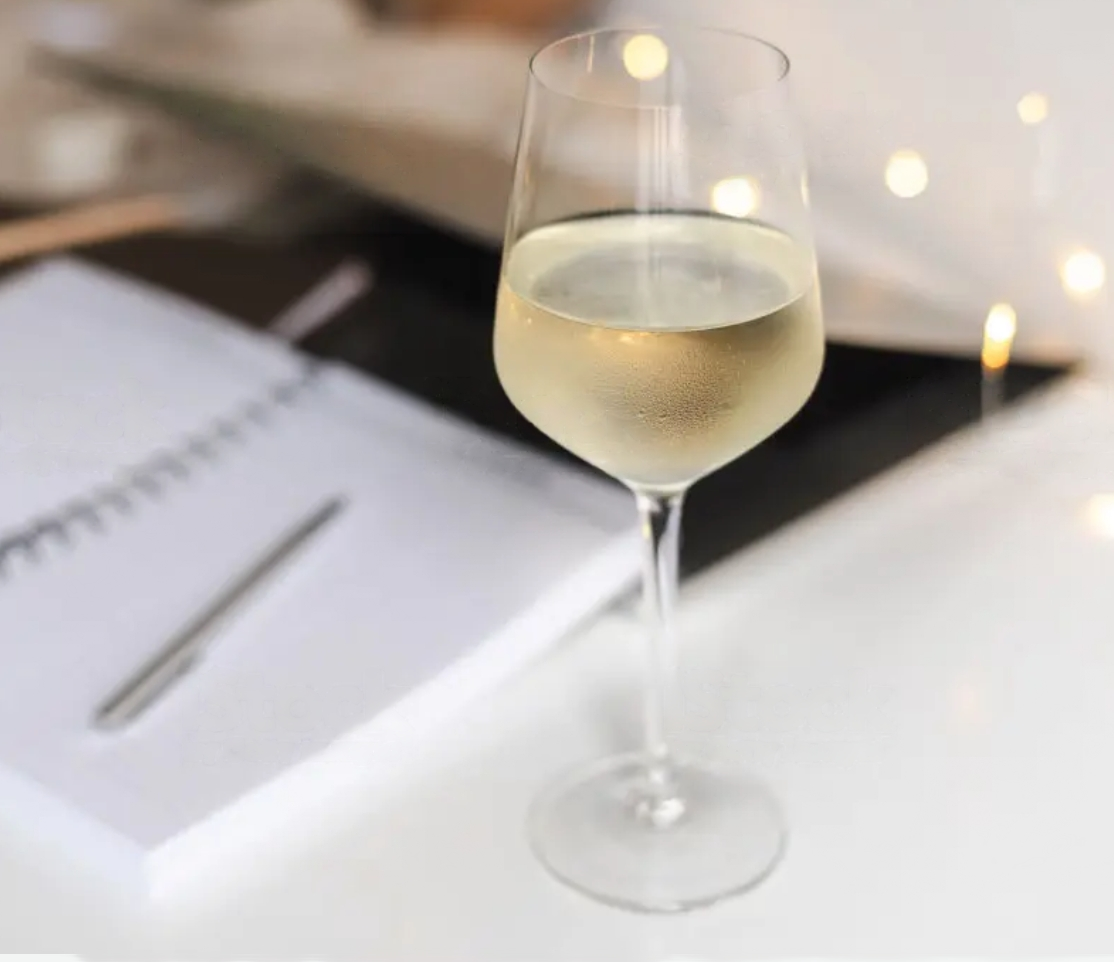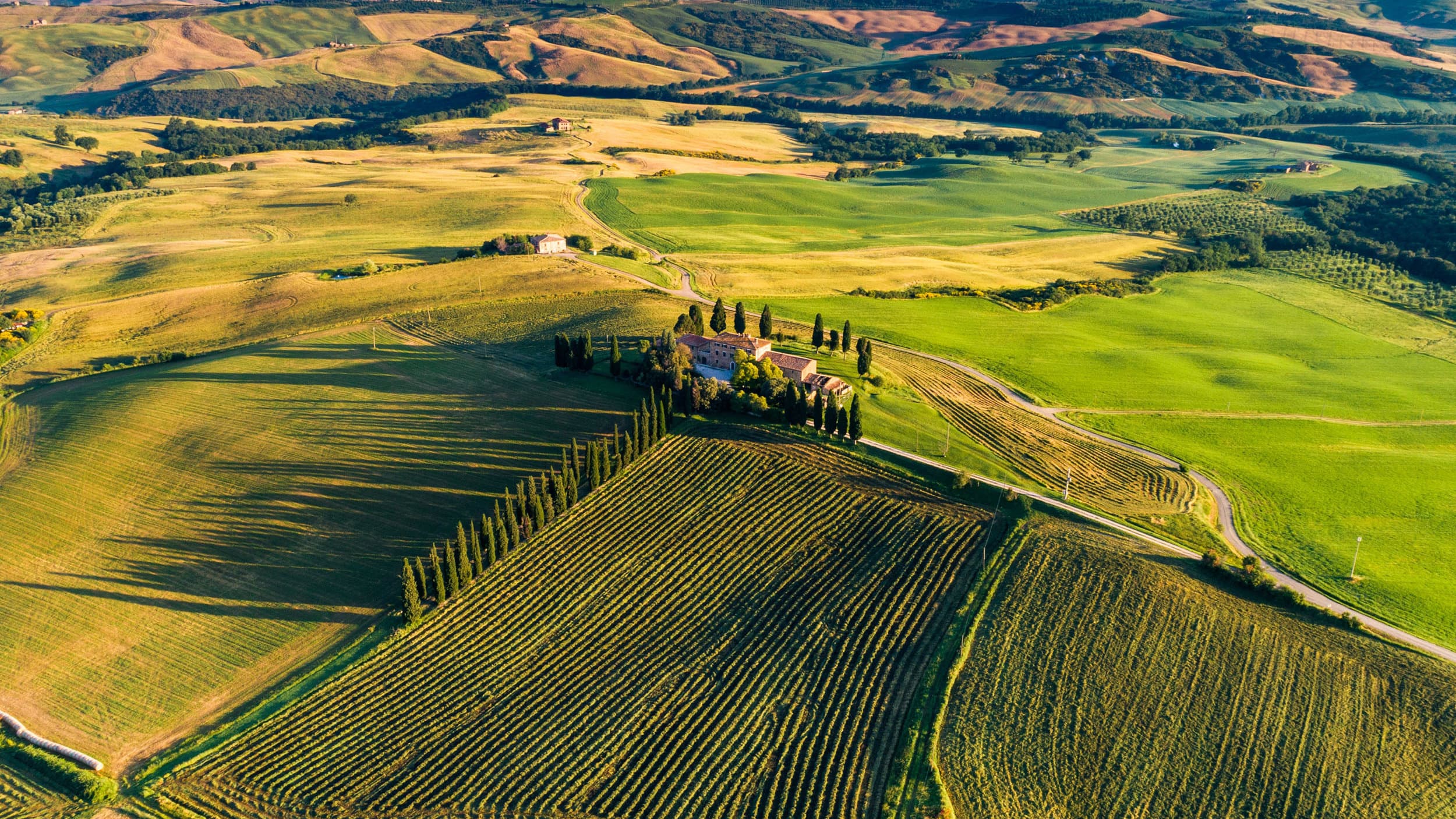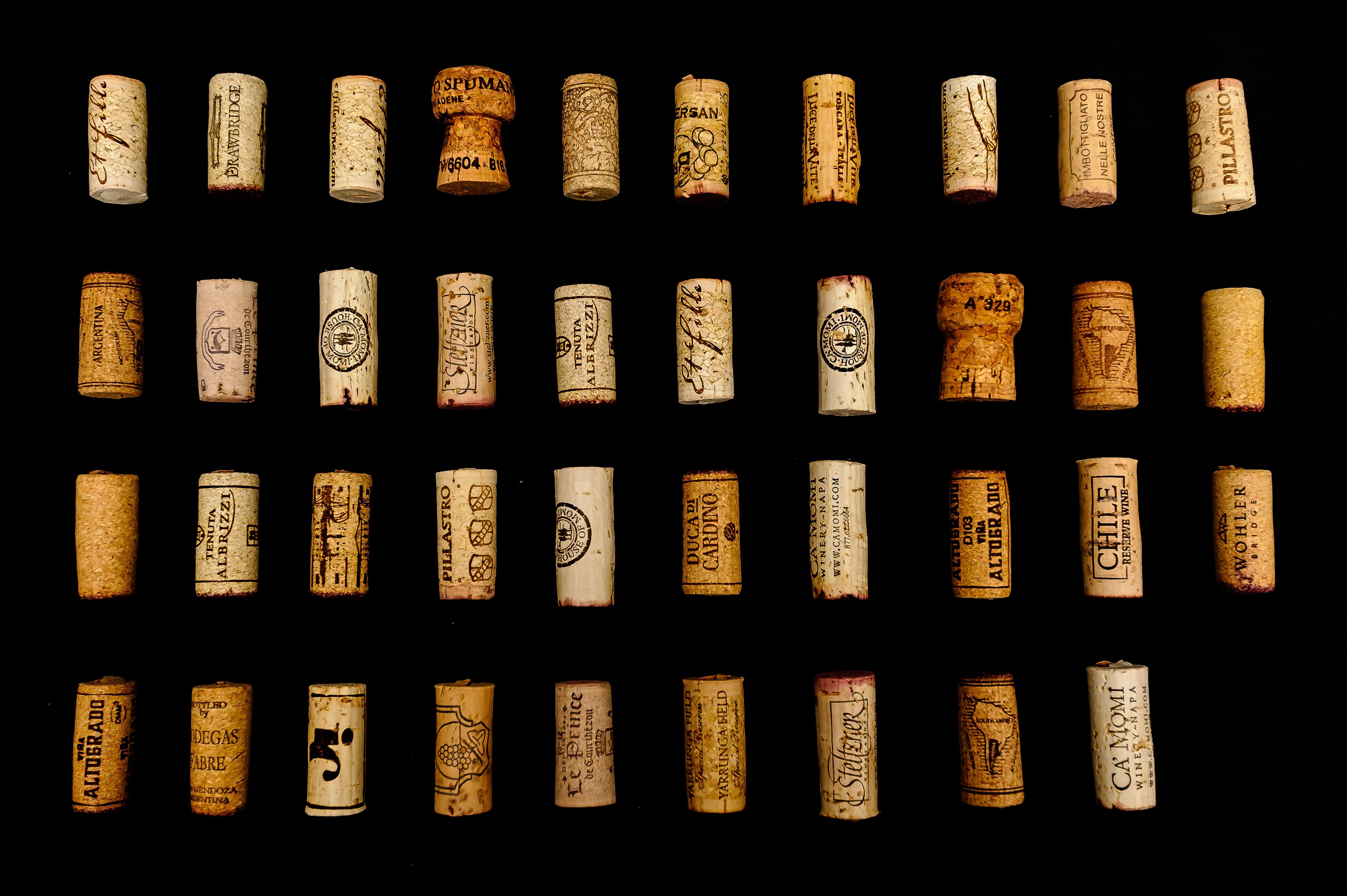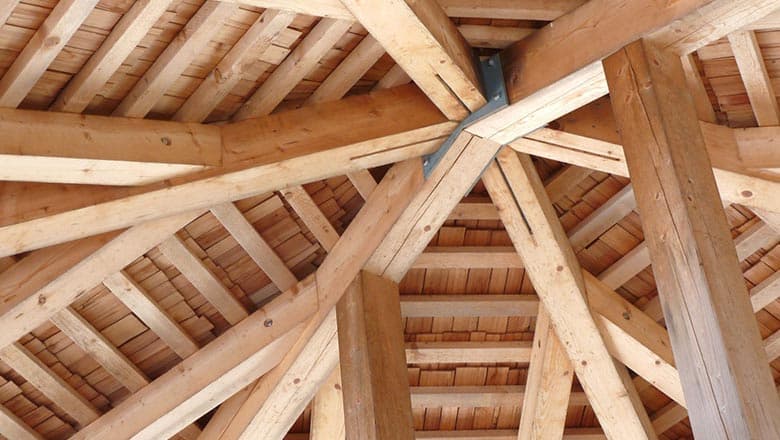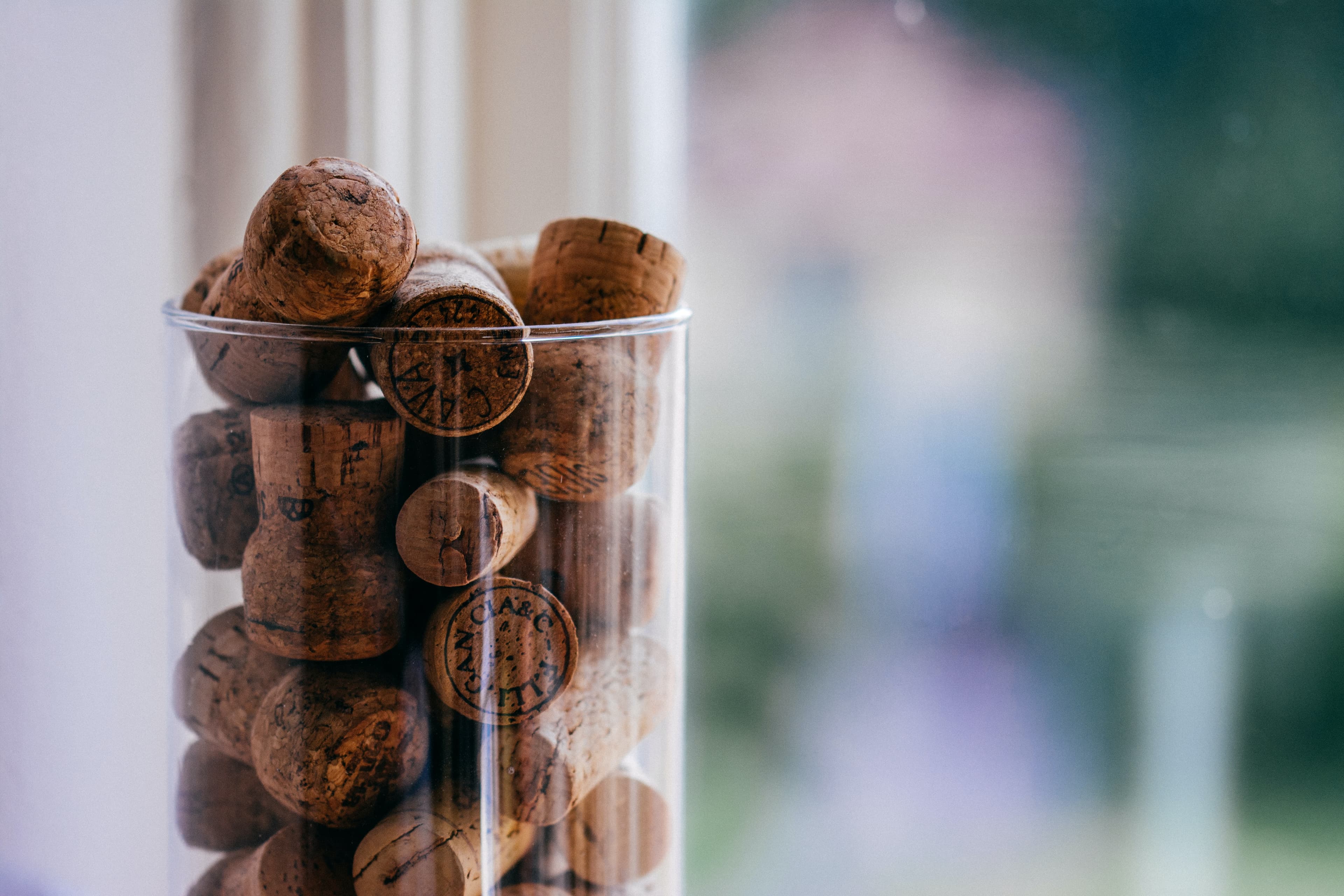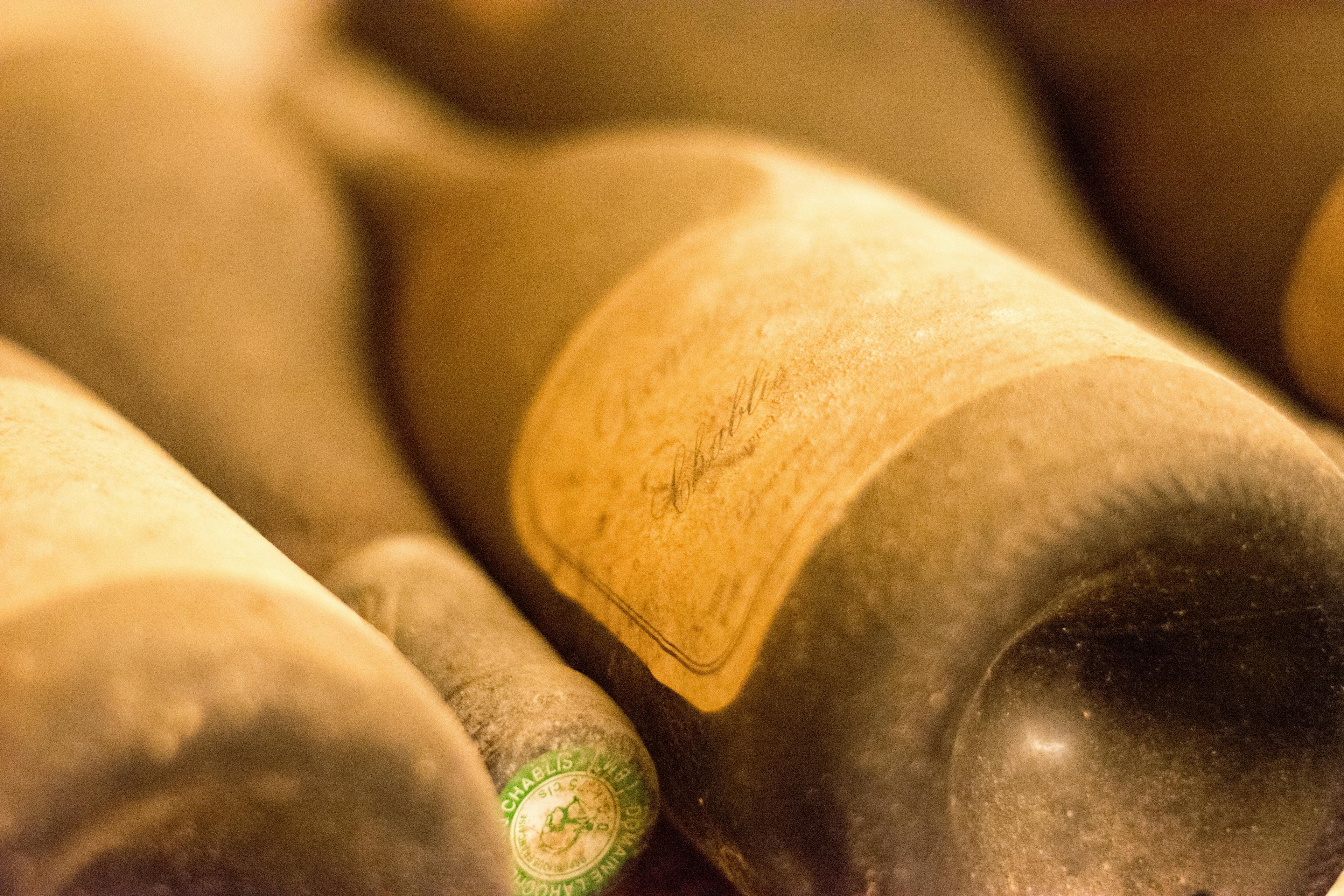
Discover the essence of Bartolo Mascarello, a name that resonates with elegance and tradition in the world of fine wines. This article delves into the sensory experiences offered by Bartolo Mascarello, exploring its nuanced flavors, aroma, and the meticulous process behind its creation. Renowned for its complexity and depth, Bartolo Mascarello stands as a testament to the art of winemaking, embodying a legacy that has been cherished through generations. Join us as we unravel the characteristics that make this wine a beloved choice among connoisseurs and casual drinkers alike.
Profile of Flavors: Identifying Notes in Bartolo Mascarello
Bartolo Mascarello, a revered name in the world of Barolo wines, offers a complex and enticing flavor profile that captivates connoisseurs and casual drinkers alike. When tasting these wines, one can expect a symphony of aromas and tastes that reflect both the tradition and the terroir of the Piedmont region.
Cherry and Rose: A classic note in many popular vintages, cherry provides a sweet, fruity base, while hints of rose add a delicate floral touch.
Tobacco and Leather: With age, these wines develop rich, earthy undertones. Tobacco notes suggest a smoky nuance, whereas leather brings a robust and mature character.
Tar and Licorice: Often detected in the more full-bodied vintages, tar adds depth and intensity, complemented by the sweet, yet sharp twist of licorice.
Truffle and Forest Floor: For those who appreciate subtlety, the aroma of truffles and the moist, earthy scent of a forest floor after rain can be quite pronounced, especially in well-aged bottles.
Each sip reveals layers that are both complex and harmonious, making Bartolo Mascarello a truly exquisite experience.
The Texture and Mouthfeel of Bartolo Mascarello
Experiencing Bartolo Mascarello's texture and mouthfeel is akin to exploring a finely woven tapestry of sensory delights. This esteemed Barolo wine is renowned for its rich, velvety texture that gracefully coats the palate. Each sip offers a harmonious balance between robust tannins and silky smoothness, making it a standout in the world of fine wines.
Silkiness: The wine's luxurious, silky feel is often highlighted, providing a pleasing contrast to its structural backbone.
Tannic Structure: Firm yet well-integrated tannins lend a chewy quality, which slowly mellows with age.
Viscosity: Bartolo Mascarello typically exhibits a high level of viscosity, contributing to a full-bodied experience that lingers long after the wine has been tasted.
For enthusiasts eager to delve deeper into the history of this iconic wine, understanding its texture and mouthfeel is essential. These elements not only reflect the quality and character of the wine but also its storied past, rooted deeply in the Langhe region of Italy. Each glass tells a story, encapsulating years of tradition and meticulous winemaking practices.
Aging Influence: How Taste Evolves Over Time
As Bartolo Mascarello wines age, their characteristics evolve significantly, offering a complex sensory journey. Initially, these wines present vibrant red fruit flavors and a robust tannic structure. Over time, however, the profile shifts, revealing deeper, more nuanced notes. Here are key changes you might notice:
Fruit Transformation: The bright cherry and raspberry notes gradually mellow into richer, dried fruit flavors such as figs and prunes.
Development of Secondary Aromas: With age, hints of tobacco, leather, and forest floor emerge, adding complexity to the bouquet.
Softening of Tannins: The initially firm tannins become smoother and more integrated, enhancing the wine's overall balance and drinkability.
Increase in Color Depth: The vibrant ruby hue transitions to a deeper garnet, indicating the wine's maturity.
Enhancement of Mouthfeel: The texture evolves to become silkier, with a lingering finish that is both elegant and satisfying.
These transformations make aged Bartolo Mascarello a sought-after experience for enthusiasts seeking depth and complexity in their wine.
Comparing Young vs. Aged Bartolo Mascarello
When exploring the nuances of Bartolo Mascarello, a renowned Barolo wine, it's essential to understand how aging affects its flavor profile. Young Bartolo Mascarello typically exhibits vibrant, fresh fruit flavors with a pronounced acidity that makes it somewhat tannic and robust. These bottles are often characterized by notes of cherry, raspberry, and hints of rose petals, reflecting the youthful energy of the wine.
On the other hand, aged Bartolo Mascarello transforms significantly over time. As the wine matures, the tannins soften, and the primary fruit flavors evolve into more complex secondary and tertiary notes. Experienced drinkers might detect flavors of dried fruit, tobacco, leather, and truffle, which are highly prized in mature Barolo wines. The acidity mellows, allowing these deeper, earthier notes to shine through, creating a harmonious balance that is only achieved through careful aging.
The difference in taste between young and aged Bartolo Mascarello can be attributed to the meticulous craftsmanship involved in its production. Key factors include:
The selection of Nebbiolo grapes from optimal vineyard sites.
Traditional winemaking methods that emphasize gentle extraction.
Extended aging in large oak casks that impart minimal oak flavor while allowing the wine to mature gracefully.
The Finish: What to Expect After a Sip
The finish of Bartolo Mascarello is a testament to its meticulous crafting, leaving a lasting impression that is both elegant and complex. After a sip, expect a harmonious blend of flavors that linger on the palate. This Barolo is renowned for its refined balance of tannins and acidity, which contribute to a smooth, enduring finish. Here are some characteristics you might notice:
Fruity Undertones: The initial taste often reveals hints of cherry and plum, which slowly evolve into a more nuanced fig and date flavor.
Earthy Notes: Traces of truffle and moist earth emerge, grounding the fruity overtones and adding depth to the overall tasting experience.
Spicy Accents: A subtle warmth from spices like clove and cinnamon can be detected, enhancing the complexity of the wine.
Floral Aromas: Delicate floral hints, reminiscent of dried roses and violets, provide a soft, aromatic finish.
Properly preserving this wine is crucial to maintain its distinctive qualities. Learn more about how to store Bartolo Mascarello to ensure each glass delivers the full spectrum of its flavor profile.
Impact of Terroir on the Flavor of Bartolo Mascarello
The unique characteristics of Bartolo Mascarello can largely be attributed to the terroir from which its grapes are harvested. Terroir refers to the environmental conditions, especially soil and climate, that affect the production of the vineyard's grapes. This concept is crucial in understanding why Bartolo Mascarello has such a distinctive flavor profile.
Soil Composition: The vineyards of Bartolo Mascarello are primarily composed of calcareous clay and marl. These elements contribute to the wine's robust structure and notable acidity, enhancing its aging potential.
Climate: Situated in the Barolo region of Italy, the climate significantly influences the ripening process of Nebbiolo grapes used in Bartolo Mascarello. The temperature fluctuations between day and night help in developing complex flavors and aromas.
Altitude: The altitude at which the vineyards are located plays a vital role in the grapes' exposure to sunlight and wind, which in turn affects their phenolic maturity and the concentration of flavors.
Understanding these factors can greatly enhance your appreciation of the wine, especially when you serve it under optimal conditions. Each element of the terroir contributes uniquely to the final taste, making Bartolo Mascarello a true representation of its origin.
Vintage Variation: How Taste Differs Year to Year
Vintage variation plays a crucial role in the taste profile of Bartolo Mascarello, a celebrated Barolo wine. Each year, climatic conditions such as temperature, rainfall, and sunlight significantly influence the grapes' development, leading to distinct flavors and aromas in the wine. For instance:
Cooler Years: Typically produce wines with higher acidity and more pronounced floral and herbal notes. These vintages might take longer to mature but can offer exquisite complexity and longevity.
Warmer Years: Tend to yield wines that are richer and more fruit-forward. These vintages often have a softer acidity and can be more approachable in their youth, displaying lush notes of cherry and blackberry.
Wet Years: Can lead to challenges such as diluted flavors or increased risk of disease. However, skilled winemakers like those at Bartolo Mascarello manage to maintain quality, focusing on producing balanced wines even in less than ideal conditions.
Understanding these variations can enhance your experience of enjoying Bartolo Mascarello, as each bottle tells the story of its unique year. Collectors and enthusiasts often compare different vintages to appreciate how the wine evolves and responds to nature's changes.
Expert Descriptions: Sommeliers’ Take on Bartolo Mascarello
Sommeliers around the world have praised Bartolo Mascarello for its robust and complex flavor profile, making it a standout in the world of fine wines. This Barolo is known for its ability to age gracefully, developing deeper flavors and aromas over time. When considering food pairings, experts suggest a few key dishes that enhance the wine's characteristics:
Truffle Risotto: The earthy tones of truffles complement the deep, rich notes of Bartolo Mascarello, creating a harmonious dining experience.
Braised Beef: This hearty dish pairs well with the tannic strength of the wine, balancing each sip with succulent, savory meat.
Aged Cheeses: Opt for cheeses like Parmigiano-Reggiano or Grana Padano to match the intensity and complexity of the wine.
Porcini Mushrooms: Their umami flavor brings out the subtle nuances in Bartolo Mascarello, making for an exquisite combination.
Roast Lamb: The robustness of lamb, especially when seasoned with rosemary and garlic, aligns beautifully with the bold profile of this Barolo.
These pairings not only enhance the dining experience but also allow the intricate layers of Bartolo Mascarello to shine through, providing a truly gourmet encounter.
Pairing Influences: How Food Alters the Taste
Pairing the right food with Bartolo Mascarello can significantly enhance its flavors and overall tasting experience. This renowned Barolo wine, known for its robust structure and complex aromas, pairs exceptionally well with rich, savory dishes. For instance, a classic pairing involves braised beef, which complements the tannic nature of the wine and highlights its cherry and plum notes.
Cheese Selections: Opt for aged cheeses like Parmigiano-Reggiano or Pecorino. These cheeses have a depth of flavor that mirrors the intensity of Bartolo Mascarello, creating a harmonious balance on the palate.
Herb-Infused Dishes: Incorporate dishes seasoned with rosemary or thyme. The herbal notes can elevate the inherent earthy tones of the wine.
Mushroom Varieties: Try pairing with earthy mushrooms such as porcini or truffles. Their umami qualities enhance the wine’s complexity.
Dark Chocolate: For a dessert option, dark chocolate can be an intriguing match. It contrasts with the wine’s natural bitterness and can bring out hidden fruity undertones.
Understanding these facts about Bartolo Mascarello can transform your dining experience, making each sip a discovery of enhanced flavors and aromas.
The Signature Characteristics of Bartolo Mascarello
Bartolo Mascarello, a revered name in the world of Barolo wines, is distinguished by several signature characteristics that make it a favorite among connoisseurs. These wines are known for their remarkable complexity and profound depth, which reflect the traditional winemaking practices of the Mascarello family.
Elegance and Balance: Bartolo Mascarello Barolos are celebrated for their elegant structure and perfectly balanced blend of flavors. The tannins are robust yet refined, ensuring a smooth experience on the palate.
Aromatic Profile: These wines boast a rich bouquet of aromas, typically featuring hints of cherry, rose, tar, and forest floor. As the wine ages, it develops more nuanced scents, including truffles and tobacco, adding to its complexity.
Longevity: A standout feature of Bartolo Mascarello is its potential for aging. With proper storage, these wines can evolve and improve over decades, often peaking 20 to 30 years after the vintage.
Vivid Acidity: The lively acidity in these Barolos contributes to their freshness and longevity, balancing the intensity of the flavors and enhancing the overall drinking experience.
Each bottle of Bartolo Mascarello is a testament to the meticulous care and traditional methods employed from vineyard to cellar, ensuring that each vintage distinctly captures the essence of its terroir.
Conclusion
In conclusion, the taste profile of Bartolo Mascarello wines is a testament to the rich heritage and meticulous winemaking practices that define this iconic label. Each bottle offers a unique exploration of the Barolo region's terroir, expressed through vibrant, complex flavors that evolve beautifully over time. Whether you're a seasoned collector or a newcomer to the world of fine wines, Bartolo Mascarello provides a compelling experience that captivates the palate and leaves a lasting impression.
At Rekolt, we understand the importance of preserving such exquisite wines in optimal conditions until they're ready to be enjoyed or traded. That's why we offer specialized cellar storage solutions that ensure your investment remains in pristine condition, enhancing both its quality and value over time. With our professional storage and easy trading options, you can confidently purchase, store, and even resell fine wines like Bartolo Mascarello, knowing they are cared for with the utmost expertise. Explore our marketplace today to discover the exceptional world of fine wines and the unique benefits that come with choosing Rekolt as your trusted wine storage and trading partner.
Share this article
